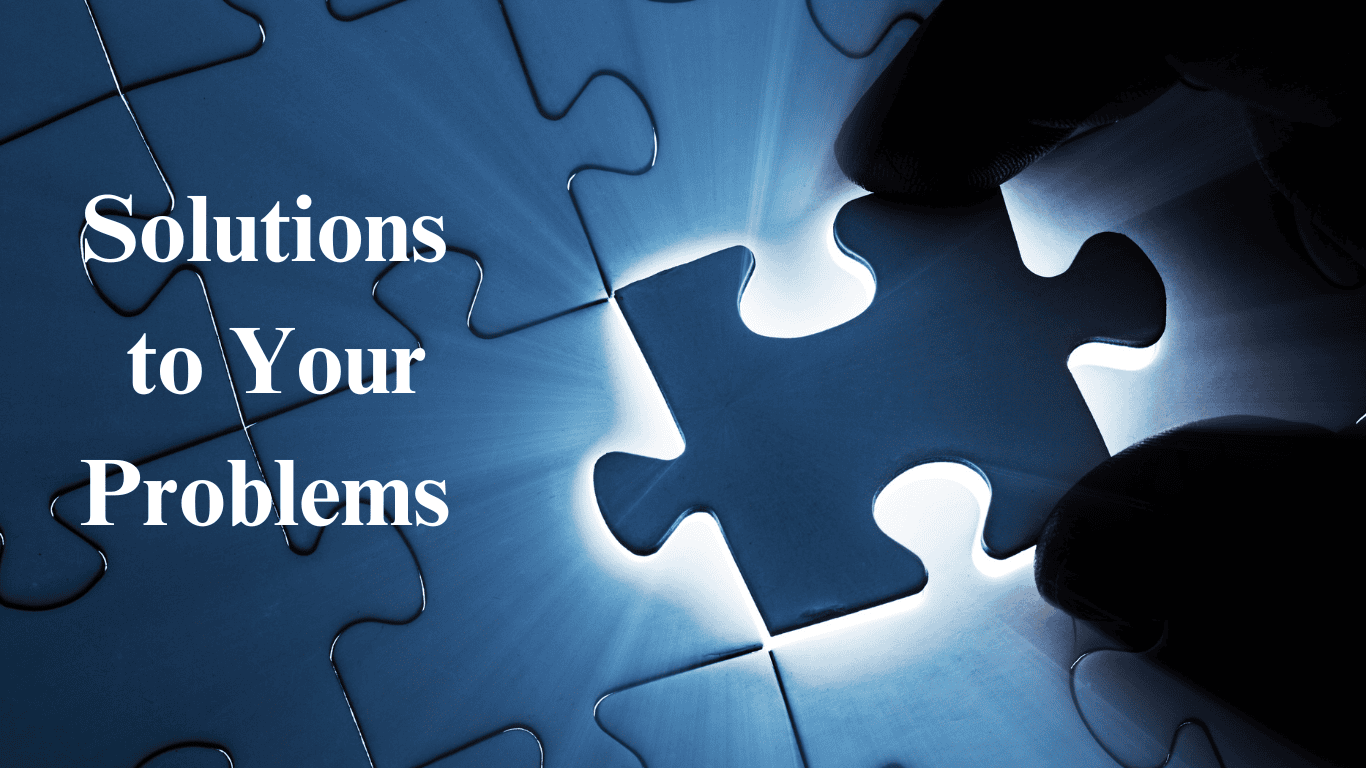In today’s data-driven world, businesses constantly evolve to keep up with new technologies and shifting market demands. A critical part of this evolution is data migration—the process of moving data from one location, format, or system to another. But did you know that not all data migrations are created equal? Different types serve different purposes, each tailored to specific needs.
Whether you’re upgrading your systems, consolidating databases, or making the leap to the cloud, understanding the main types of data migration is essential to ensure a smooth, trustworthy, reliable, and risk-free process.
1. Storage Migration
Storage migration involves transferring data from one storage system to another, often to improve performance or reduce costs. For example, moving from on-premises hard drives to modern SSDs or cloud storage solutions can significantly enhance speed, scalability, and reliability.
Think of this as decluttering your old filing cabinets and transferring everything into sleek, digital folders. Bonus? No more paper cuts!
Why it matters:
Faster data access.
Increased storage capacity.
Improved disaster recovery options.
2. Database Migration
Database migration focuses on transferring data between database systems, either to a new platform (e.g., MySQL to PostgreSQL) or an updated version of the same system. This is essential for businesses looking to modernize their databases, improve scalability, or take advantage of advanced features.
It’s like moving from a tiny studio apartment to a spacious loft with room to grow—and maybe even a better view.
Why it matters:
Better compatibility with modern applications.
Enhanced security and compliance.
Easier integration with analytics tools.
3. Application Migration
Application migration involves moving software applications and their associated data to a new computing environment, such as shifting an on-premises application to the cloud. It’s not just about data; it’s about ensuring the application runs smoothly in its new home.
Picture relocating your favorite coffee shop to a trendy new neighborhood. It’s still your go-to spot, but now it’s upgraded, more accessible, and ready to handle more customers.
Why it matters:
Improved app performance and accessibility.
Enhanced collaboration through cloud-based tools.
Reduced infrastructure maintenance costs.
4. Cloud Migration
Cloud migration is all about moving data, applications, and systems from on-premises servers to cloud platforms like AWS, Microsoft Azure, or Google Cloud. This type of migration is a game-changer for businesses seeking flexibility, scalability, and cost efficiency.
It’s like swapping a personal car for a rideshare service—less hassle, more convenience, and way easier to scale as your needs grow.
Why it matters:
Real-time access from anywhere.
Reduced hardware and maintenance costs.
Scalability to handle fluctuating workloads.
5. Business Process Migration
Business process migration focuses on transferring business functions, workflows, and related data to new systems or environments. This often happens during mergers, acquisitions, or system upgrades.Think of it as reorganizing the gears of a clock to make sure every cog works seamlessly in its new setup.
Why it matters:
Streamlined operations.
Integration of new business models or processes.
Enhanced productivity and collaboration.
6. Data Center Migration
Data center migration involves relocating an entire data center to a new location or transitioning its workloads to the cloud. This is usually done to reduce costs, enhance scalability, or improve disaster recovery.Imagine moving a city’s library to a bigger, more modern building while ensuring no book is misplaced.
Why it matters:
Consolidated infrastructure.
Increased energy efficiency.
Improved disaster recovery plans.
Choosing the Right Type of Migration
Not every business requires the same type of migration. The right choice depends on factors such as your goals, available resources, and current infrastructure. For instance:
Need better app performance? Consider application or cloud migration.
Looking to reduce storage costs? Storage migration is your answer.
Expanding or upgrading databases? Database migration is the way to go.
A well-planned migration ensures that your business avoids disruptions while enjoying the benefits of modernized systems.
Why Choose Precision e-Business Group for Your Migration Needs?
At Precision e-Business Group, we specialize in delivering trustworthy, reliable, and risk-free data migration solutions tailored to your unique requirements. Here’s why businesses trust us:
Proven Expertise: Decades of experience in handling diverse migration projects.
Customized Strategies: We don’t do cookie-cutter solutions; every plan is tailored to your needs.
Seamless Execution: Minimal downtime and a hassle-free transition.
Security-First Approach: Your data’s safety is always our top priority.
Conclusion
Data migration isn’t just about moving files—it’s about transforming your business for the future. Whether it’s a storage migration to boost performance or a cloud migration to enable scalability, understanding the main types of migration helps you make informed decisions.Ready to embark on your migration journey? Contact Precision e-Business Group today for a solution that’s trustworthy, reliable, and risk-free. Let’s move your data and business to the next level!




